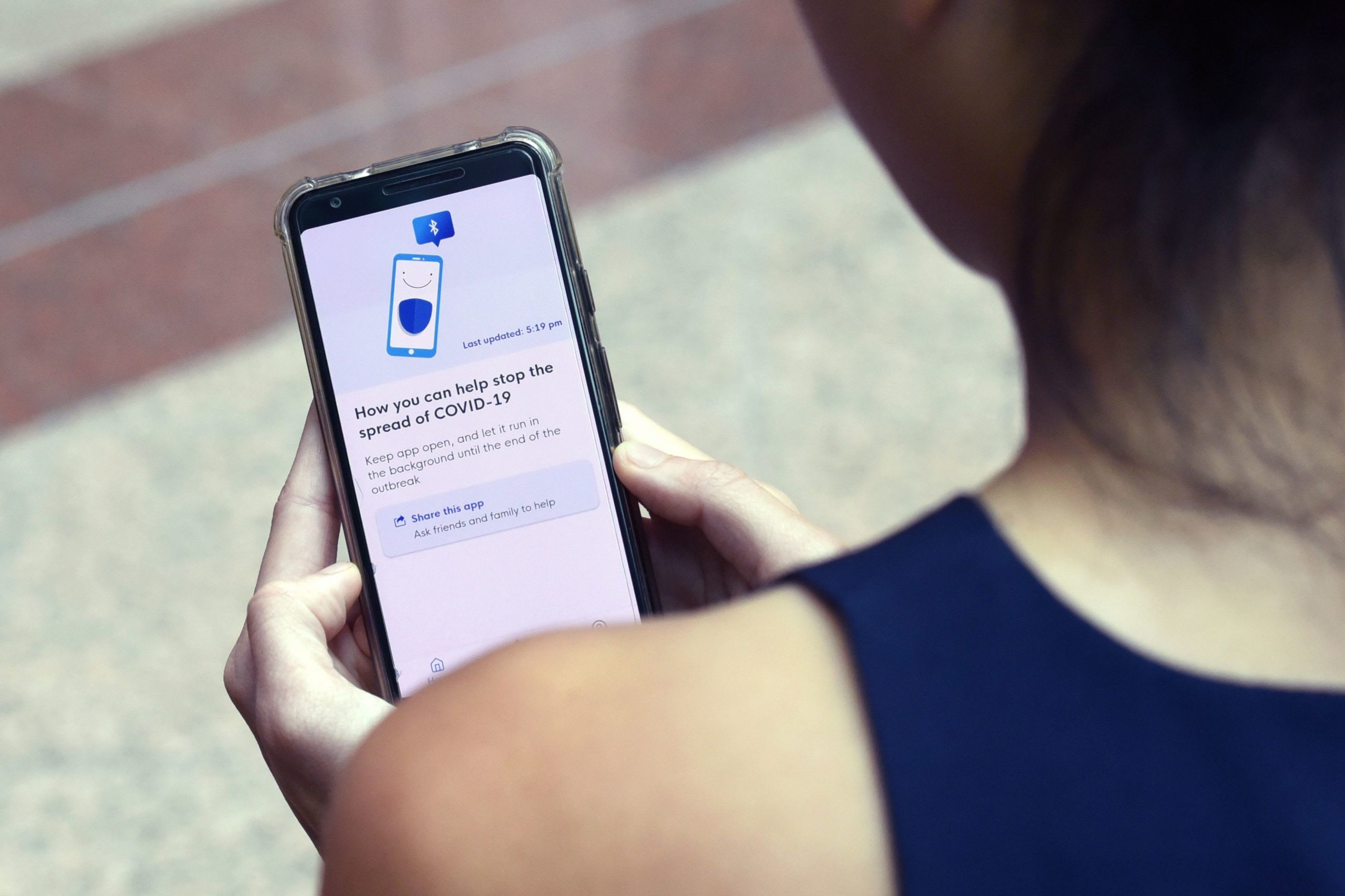Singapore’s new contact tracing app, TraceTogether, which is being used as a preventive measure against the Covid-19 coronavirus in the city-state.
Catherine Lai | AFP via Getty Images
One of the most ambitious projects in Apple history launched in less than a month, and was driven by just a handful of employees.
In mid-March, with Covid-19 spreading to almost every country in the world, a small team at Apple started brainstorming how they could help. They knew that smartphones would be key to the global coronavirus response, particularly as countries started relaxing their shelter-in-place orders. To prepare for that, governments and private companies were building so-called “contact tracing” apps to monitor citizens’ movements and determine whether they might have come into contact with someone infected with the virus.
Within a few weeks, the Apple project — code-named “Bubble” — had dozens of employees working on it with executive-level support from two sponsors: Craig Federighi, a senior vice president of software engineering, and Jeff Williams, the company’s chief operating officer and de-facto head of healthcare. By the end of the month, Google had officially come on board, and about a week later, the companies’ two CEOs Tim Cook and Sundar Pichai met virtually to give their final vote of approval to the project.
That speed of development was highly unusual for Apple, a company obsessed with making its products perfect before releasing them to the world. Project Bubble also required that Apple join forces with its historic rival, Google, to co-develop technology that could be used by health authorities in countries around the world.
The software, which Apple and Google now refer to by the softer-sounding term “exposure notification” instead of “contact tracing,” is due to be released on May 1. In recent weeks, the employees have been working nights and weekends to incorporate external feedback. The companies still have their critics, but the transparency has helped them win over some unlikely supporters, including in countries like Germany where officials were initially reluctant to work with Big Tech.
CNBC spoke with five people familiar with the project to find out how it happened, from the earliest incarnations to the present day. The insid

